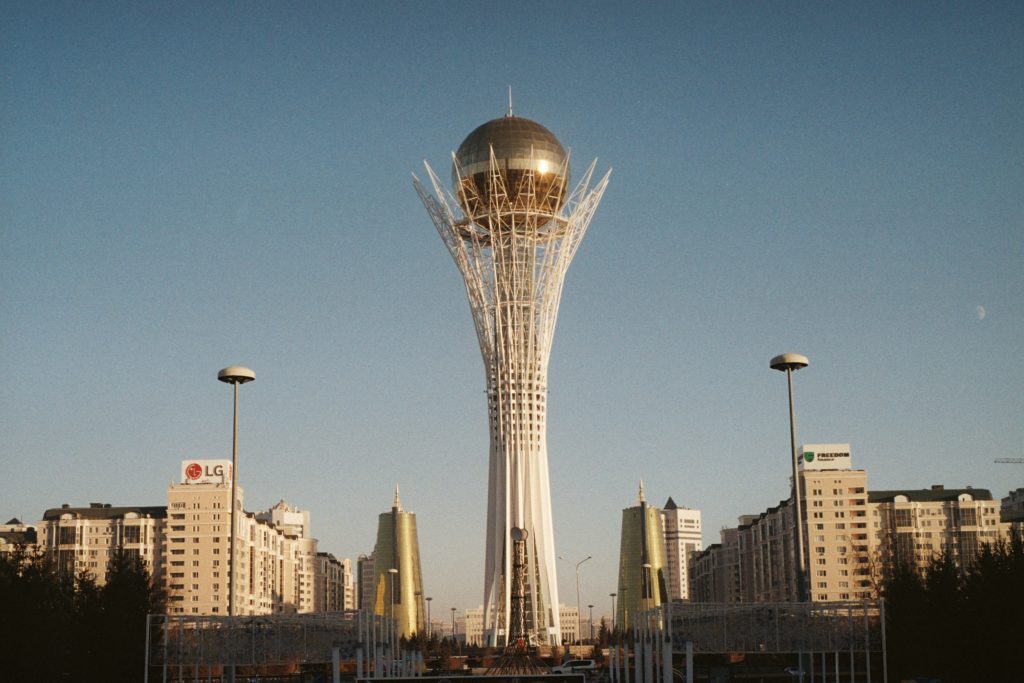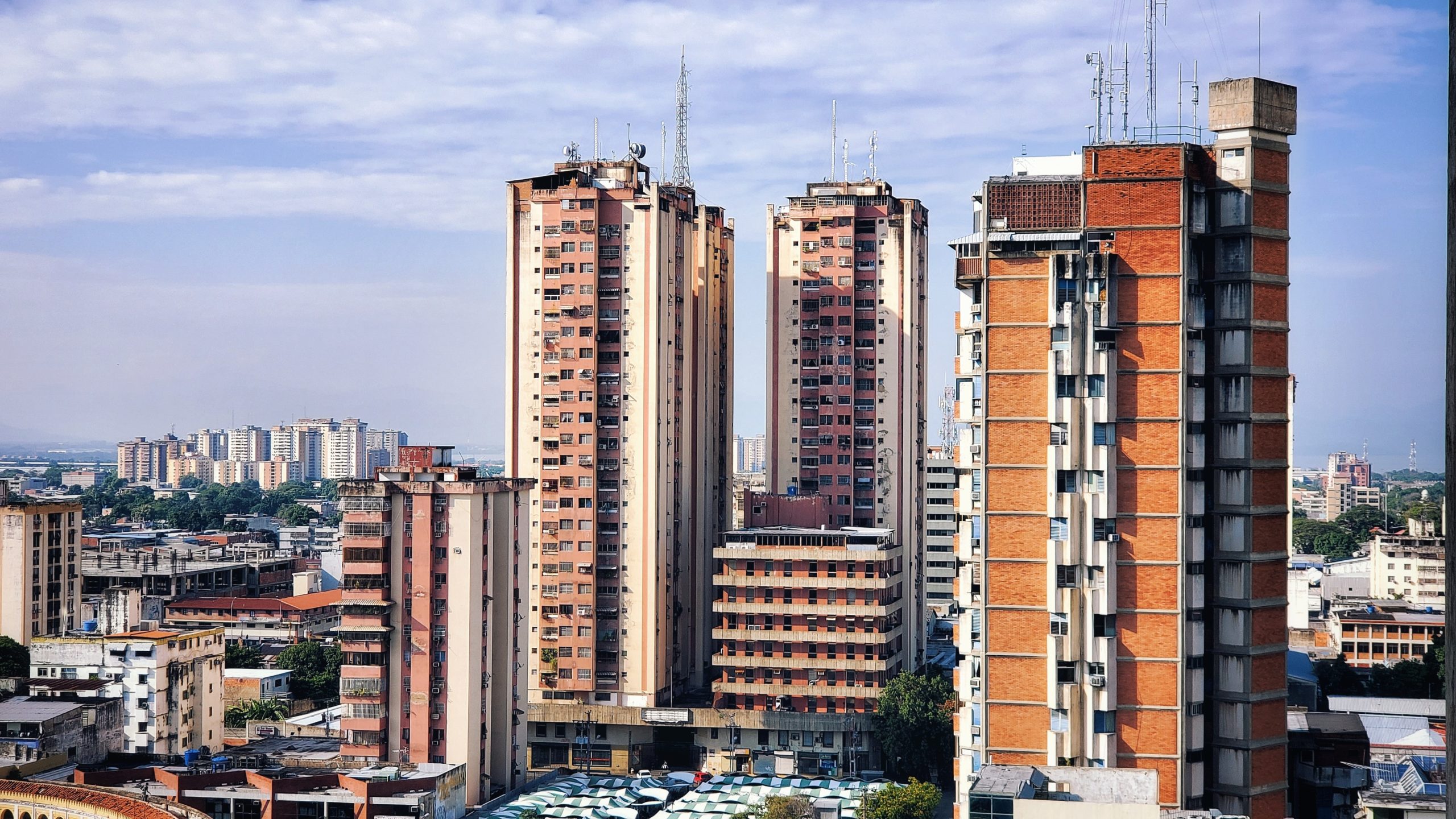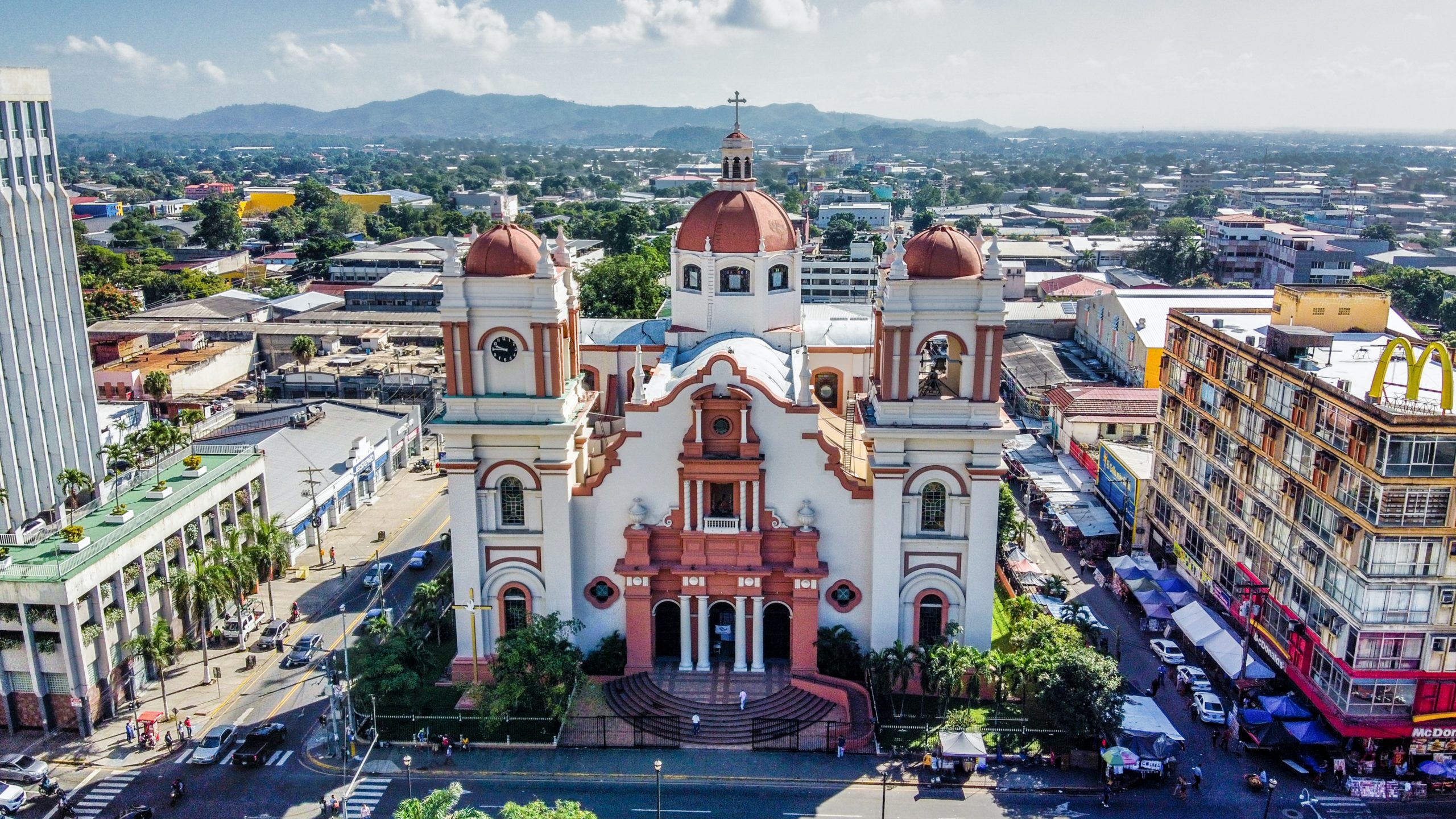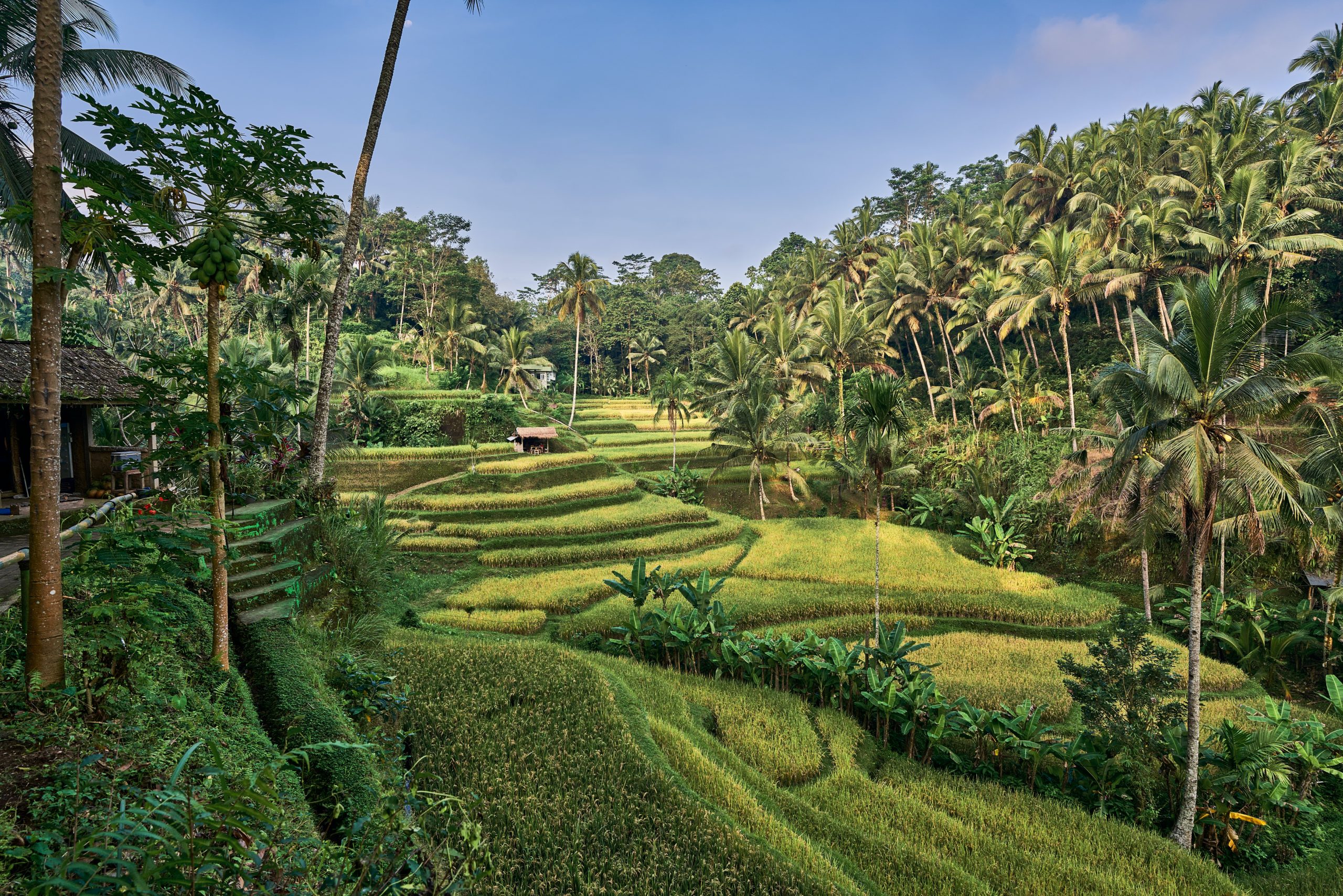With an area of over 1.05 million square miles, Kazakhstan is the largest landlocked nation in the world and the ninth-largest overall. It is listed as the least densely inhabited nation, with less than 15 persons per square mile, given its population of about 18 million. In 1991, Kazakhstan became the final Soviet country to renounce the Soviet Union. Kazakhstan dominates Central Asia’s economy, contributing over 60% of the GDP of the region. It also boasts a sizable amount of agricultural land and enormous quantities of minerals, natural gas, and oil Various government reforms led to a period of economic growth between 1995 and 1997, even though the collapse of the Soviet Union caused a sharp downturn in the economy. In 2000, the economy expanded by 9.6%, up from 1.7% the year before. The increase was brought on by higher prices for the main exports of the nation, such as grain, metal, and oil, on the international market. With a GDP per capita of over $10,500, Kazakhstan was categorized as an upper-middle-income economy by the World Bank in 2015. One of the main drivers of the economy in Kazakhstan is the industrial sector, which accounts for 34.1% of the nation’s GDP. Oil and gas, mining, agriculture, and the service sector are further industries.
Below are the biggest industries in Kazakhstan.

Oil and gas
The most significant and dominant sector of Kazakhstan’s economy is oil and gas. The nation ranks in the top 15 nations in terms of the number of its oil reserves, with an estimated 30 billion barrels of oil and 39 trillion cubic feet of natural gas reserves. In 2000, Kazakhstan produced an average of 700,000 barrels of oil per day, an increase from the 600,000 barrels produced in 1999. It exported roughly 28.8 million tons of oil in the same year (2000). Since 2001, the production has increased by about 20% to reach the government’s daily objective of 800,000 barrels. Tengiz, Kashagan, and Karachaganak are the areas where the majority of the oil and gas reserves are found. The year 2000 discovery of the Kashagan field yields roughly 325,000 barrels of oil daily. The potential top oil exporter could be Kazakhstan. To do this, the nation must toil to preserve a delicate balance between China’s and Russia’s economic interests. The substantial oil and gas output of Kazakhstan will likely be used up shortly due to China’s rising energy demand.
Mining
Mineral resources like copper, coal, gold, zinc, wolfram, and iron ore are abundant in Kazakhstan. One of the most competitive and rapidly expanding economic sectors in the nation is the mining sector. In terms of total mineral production, Kazakhstan is the second-largest nation in the Commonwealth of Independent States. Numerous oil and gas reserves and a wide range of minerals are features of the mineral resources. Listed as the top producer of zinc, lead, and silver is the nation. Since the fall of the Soviet Union, Kazakhstan has gained a reputation as the world’s top exporter of nonferrous metals, oil, and uranium. The value of exports is roughly 70% made up of fuel and oil. Additionally, Kazakhstan’s production of precious metals, particularly gold, and silver, has increased recently. The nation has 23 areas where gold is produced. Among others, the United States, China, and Japan are among the export markets for the nation.
Agriculture
Only 6% of Kazakhstan’s GDP and 20% of its labor force are devoted to agriculture, which is mostly a small-scale sector of the nation’s economy. Surprisingly, agriculture and animal husbandry take up nearly 70% of the nation’s entire land area. Only 79,000 square miles of the total 327,000 square miles of agricultural land are arable. Wheat is the principal crop farmed in the nation and is primarily exported. Cotton, barley, sugar beets, flax, sunflowers, and rice are a few other important crops. Many people think Kazakhstan is where apples first appeared. The nation’s grain harvest in 2011 totaled 26.9 million tons, which was a record for the nation. Raising animals like cattle, sheep, goats, chickens, and horses is a part of animal husbandry. Despite the significant role that agriculture plays, the industry nevertheless faces several difficulties, such as environmental issues brought on by poor management during the Soviet Union era.
Service industry
Tourism, retail investment, and ICT make up Kazakhstan’s service sector. Technology and innovation are viewed as essential to the nation’s future development. As a result, the government has made investments in the sector alongside global institutions like the World Bank. A $88 million loan from the World Bank was granted in 2014 to support Kazakhstan’s technological innovation that is both socially and economically viable.
Despite Kazakhstan’s size and diverse topography, which includes mountains, deserts, and lakes, tourism is not among the main drivers of the country’s economy.







